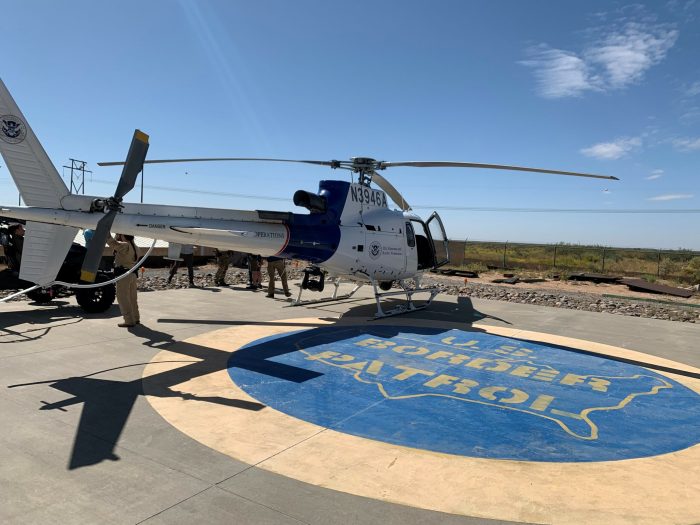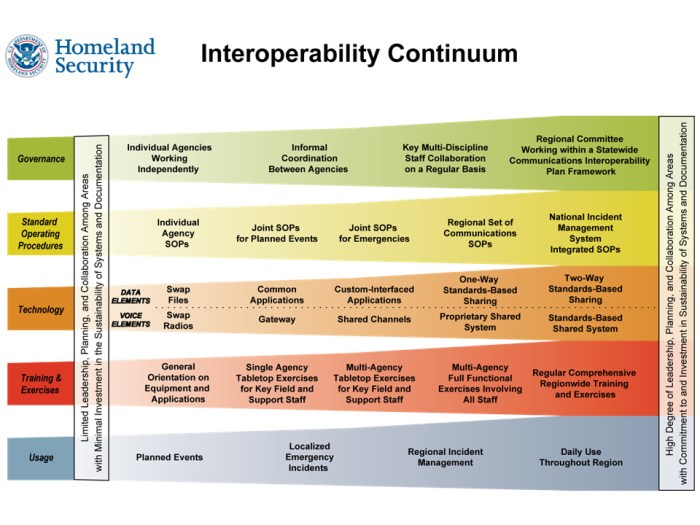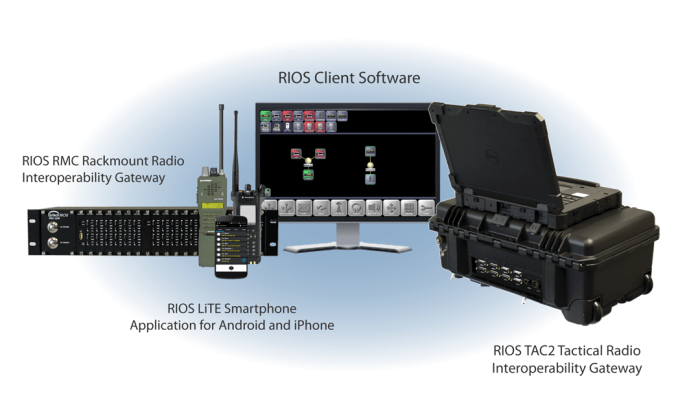All CBP radios include interoperability channels, enabling seamless communication and collaboration among various agencies. These channels facilitate effective coordination and response during emergencies and routine operations.
The integration of interoperability channels within CBP radios addresses the challenges of fragmented communication systems and enhances situational awareness across jurisdictions.
Interoperability Capabilities: All Cbp Radios Include Interoperability Channels
Interoperability channels in CBP radios allow for seamless communication between CBP personnel and other agencies, enhancing coordination and situational awareness during joint operations. These channels facilitate the exchange of critical information, enabling effective response to incidents and improved border security.
Benefits of Interoperability Channels
- Enhanced coordination with other agencies
- Improved situational awareness
- Faster response times to incidents
- Increased efficiency in joint operations
Challenges and Limitations of Interoperability
While interoperability channels offer significant benefits, there are also challenges and limitations to consider. These include:
- Technical compatibility issues
- Frequency interference
- Limited range
- Security concerns
Examples of Successful Interoperability Implementations
Despite these challenges, several successful interoperability implementations have been realized. For instance, the Border Interagency Communications Center (BICC) in San Diego has established a network of interoperable channels connecting CBP, local law enforcement, and other federal agencies. This system has significantly improved coordination and communication during cross-border operations.
Technical Specifications

CBP interoperability channels operate on specific technical specifications to ensure compatibility and reliability. These specifications include:
Frequency Bands and Protocols
CBP interoperability channels utilize various frequency bands, including the VHF and UHF bands. The specific frequencies used depend on the region and operational requirements. Additionally, different protocols are employed, such as P25 and DMR, to ensure interoperability with other agencies.
Encryption and Security Measures
To protect sensitive communications, CBP interoperability channels incorporate encryption and security measures. These measures include the use of encryption algorithms and secure protocols to prevent unauthorized access to communications.
Operational Procedures

The effective use of interoperability channels requires established operational procedures. These procedures ensure proper communication and coordination among different agencies.
Establishing and Maintaining Communication
To establish communication, CBP personnel must tune their radios to the designated interoperability channel and follow established protocols. This includes identifying themselves, their agency, and their purpose for communication.
Best Practices for Using Interoperability Channels
To optimize the use of interoperability channels, CBP personnel should adhere to best practices. These include:
- Maintaining clear and concise communication
- Using proper radio etiquette
- Avoiding unnecessary chatter
- Coordinating with other agencies to minimize interference
Training and Education

To ensure proficiency in using interoperability channels, CBP personnel receive comprehensive training and education. These programs cover various aspects, including:
Importance of Ongoing Training
Regular training is crucial to maintain proficiency and adapt to evolving technologies and operational procedures. This training ensures that CBP personnel are well-equipped to effectively use interoperability channels in various scenarios.
Training Materials and Resources
CBP provides a range of training materials and resources to support ongoing education. These include manuals, online courses, and hands-on training sessions. These resources enable CBP personnel to stay up-to-date with the latest developments and best practices.
Future Developments

The landscape of interoperability channels is constantly evolving, with emerging technologies and trends shaping the future. These developments include:
Emerging Technologies, All cbp radios include interoperability channels
New technologies, such as broadband LTE and satellite communications, are being explored to enhance the capabilities of interoperability channels. These technologies offer increased bandwidth, improved coverage, and advanced features.
Potential Impact on CBP Operations
Emerging technologies have the potential to transform CBP operations by providing more reliable and efficient communication capabilities. This can lead to improved coordination, faster response times, and enhanced situational awareness.
Future Roadmap
CBP is actively exploring and implementing new technologies to enhance interoperability channels. The future roadmap includes initiatives to expand coverage, improve interoperability with other agencies, and integrate advanced features to support the evolving needs of border security.
Essential FAQs
What are the benefits of interoperability channels in CBP radios?
Interoperability channels enable seamless communication among CBP personnel and other agencies, facilitating effective coordination and response during emergencies and routine operations.
What are the challenges and limitations of interoperability?
Interoperability can be affected by factors such as frequency interference, encryption compatibility, and differing operational procedures. Continuous coordination and standardization efforts are crucial to overcome these challenges.
How do CBP radios establish and maintain communication with other agencies?
CBP radios utilize pre-established interoperability channels and protocols to connect with other agencies. Operational procedures ensure proper coordination and adherence to communication protocols.